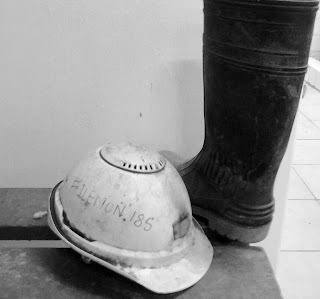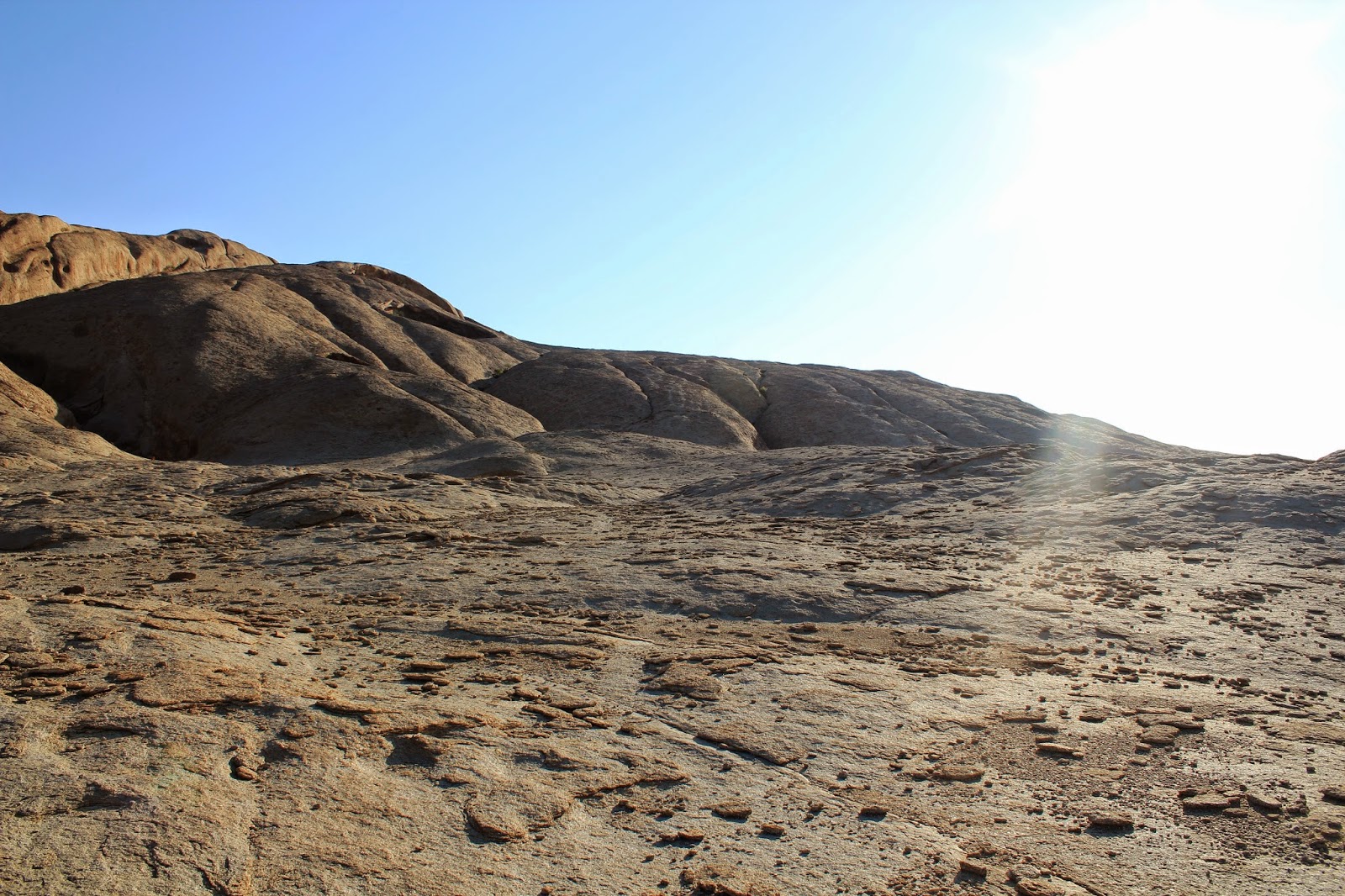Kalunga Opweeli (God exists) part 3 – Helmets work.
“Always
look above your head, always.” – Underground rule number 1.
You’re more likely to catch Herpes, than get hit by a bullet falling
out of the sky. Don’t ask me how I know that, let’s focus more on the danger of
falling projectiles. A bullet fired skywards at 90 degrees is only likely to
cause a bad bump, because gravity slows its velocity as it falls back down
through the lower atmosphere. However, a bullet fired from 45 degrees, is more
likely to kill you instantly. Because at that angle, gravity actually increases
its velocity as falls back downwards. So at this point, you fully understand
why it is a bad idea giving guns to people with poor hand eye coordination, those
who support Manchester United
football club, and those with alcoholic tendencies.
Helmets are protective gear, used
frequently in sports (think Cycling, Ice hockey, Cricket, Gridiron, and
baseball) or in dangerous occupations (Mining and Construction). They perform
one key function - they reduce the impact of falling or flying objects against
the head, which would otherwise maim or kill you. Although the main purpose of
mining helmets is to protect the wearer from head trauma, normally
caused by objects falling from above. They actually protect the wearer more
from collisions with stationary objects e.g. pipes, beams, and support columns. Helmets are very important, especially in an underground mine. As
you’re about to find out.
My normal daily routine involves
carrying stuff, heavy stuff. I carry quantities of stuff large enough to
nullify the need to lift weights at the gym, with the stuff I carry, the
workplace is basically an improvised gym. The irony in this particular
situation, is that when I first started out as a geologist, I deemed too
educated to cut it in the field. The manager at a company I applied to for a
job, said that I was too overqualified to be a field geologist – during a job
interview! The dude literally spelt it out, “You look too clean to be a field
geologist, and you have too many degrees, we need someone who can lift stuff.”
If only he could see me now.
If you’ve been reading my stories
long enough, this is the part where I start to make sense and tie everything in
the introduction together. Are you ready? Okay, brace yourself.
So what do falling objects, safety
helmets, and heavy stuff have in common? They are all key components in the
story of how I ended up at the emergency room at the beginning of the year. It
was sometime after 20h00 (mines work 24 hours, in shifts), I was off siding for
the driller. Off siding, basically means ‘carrying stuff’.
We’d just moved the machine to a
new site, we were drilling into the roof, to insert support bolts (Because
rocks fall down and kill you if you don’t support them). The machine needs
three key things to function: Water (to expel cuttings out of the drill hole),
Electricity (running things on diesel is costly), and Pressure (the machine
generates this from its compressor). The first two are the most important with
relevance to what I am about to tell you.
There are connection points for
water and electricity at all work sites. It works pretty much like normal
household points. The water pipe is connected to a high pressure source (like a
tap) via a connector or a pin (If you did your chores as kid, you know what I’m
talking about). The power cord is connected to a high voltage socket via a
plug, the on/off switch is on the socket. Okay, can we all picture the
scenario? Or do I need to doodle a drawing? Now take the socket and plug idea
and supersize to power a machine that can break solid rock like buttering
bread. The plug would need to be bigger right? And so would the socket. So
picture the socket about the size of three six packs of beer and the plug at
about two six packs of beer (So only the non-alcoholics are lost). The only
difference is that the plug and socket are cased in steel. The plug would weigh
the same as a dumbbell with 7.5 kg weight on each side. Still following?
Okay, here is where it gets
complicated. The electricity socket was suspended, roughly five meters above
the floor, we used an adapted forklift to plug the machine in. Just the
previous week I was talking to one of the surveyor’s, who pointed out the buffoonery
of suspending things so high in the air. So after setting up, we were ready to
drill, all I had to do was push the cables to the side to allow any cars to
drive in and it was go time. The two cables had tangled, so I pulled the water
cable and threw it to the side. And that’s when it happened.
The best way to describe the impact
is to compare it to an aerial duel for the ball, think basketball, netball,
rugby, and a heading duel in soccer. Two players go up to win the ball, one
come off worse and takes a hit in the air and staggers on landing. The impact
was brief, a light whack on the side of the head, but I staggered, two steps
forward. Then the ground got closer, and closer and closer, till I realised
that it was because I was falling towards it. It was too late, I was on my way
down, I put my forearm out to brace for impact. And, Thud! I hit the ground, I
knew it because I could almost taste the dust from the fall. My helmet rolled
off my head, and it occurred to me that something had hit me on the head. My
eyes started closing, although I could hear the operator screaming, “Hou kom as
die krag af? Jeerie.” And then then world slowly went dark. Lights out!
When I came to, I was propped up
against the side wall, sitting like a wounded soldier in the trenches. I was
covered in dust, grime, and confusion. What the heck happened? And as I moved
my neck and experienced a stiff yet surprisingly strong pain in my neck, it all
came back to me. The plug had slipped out and whacked me on the head. The
damned thing was lying 2 meters from me, so it wasn’t that hard to figure out.
The events in between my trip to
the surface and the doctor’s flashing light at the hospital are fuzzy, so I’ll
be brief. Assisted into 4x4 whilst holding neck, filled out paperwork with
admin assistant whilst still holding neck, got a ride to the hospital with
security supervisor, and I was still holding my neck.
It turns out that helmets actually
do work, after a relieving pain killing injection to the spine, I couldn’t even
feel my bloody neck. I had to wear a neck brace for two days and get my c-spine
x-rayed just to be sure, but everything checked out. Helmets really do work.
The coup de grace was when I walked
in to the house the morning after, neck brace and all.
Head of the house: What happened
(eyes wide).
Me: I got hit on the head by a
piece of equipment.
Head of the house: Really, and you
didn’t die?
Me, and everybody else: LMFAO!
Sometimes
it’s the most unexpected thing that falls and hits you on the head.
To
be continued…


Comments
Post a Comment